In our fast-paced lives, time is often our most precious resource. With so many tasks, commitments, and responsibilities competing for our attention, it can be challenging to accomplish everything we need to in a week. However, with the right planning tools and strategies, such as an hourly planner, it's possible to maximize our productivity and achieve more in less time. In this article, we'll explore how you can leverage the power of an hourly planner to do more in a week, allowing you to stay organized, focused, and on track towards your goals.
Understanding the Hourly Planner
An hourly planner is a scheduling tool that breaks down your day into hourly increments, providing a detailed overview of your activities and commitments. Unlike traditional planners that offer only daily or weekly views, an hourly planner allows you to allocate specific time slots for each task, appointment, or activity.
The key advantage of an hourly planner lies in its ability to promote better time management and productivity. By breaking your day into manageable segments, you can prioritize tasks more effectively, allocate your time more efficiently, and ensure that no task gets overlooked. Additionally, an hourly planner helps you stay focused and on track throughout the day, reducing the likelihood of procrastination or distraction.
Now, let's explore some practical tips for using an hourly planner to do more in a week:
Set Clear Goals and Priorities:
Before you begin planning your week, take some time to define your goals and priorities. What do you want to accomplish by the end of the week? What tasks or projects are most important to you? By clarifying your objectives upfront, you can ensure that your planning efforts are aligned with your long-term aspirations.
Once you've identified your goals and priorities, break them down into smaller, actionable tasks. Consider categorizing these tasks based on their urgency and importance, using techniques such as the Eisenhower Matrix or ABC prioritization. This will help you focus on the tasks that will have the greatest impact on your goals.
Allocate Time Wisely:
With your goals and priorities in mind, begin filling in your hourly planner with tasks and commitments for the week. Start by scheduling fixed appointments, meetings, and deadlines, as these are non-negotiable and must be prioritized.
Next, allocate time for important tasks and projects, making sure to spread them out evenly throughout the week. Be realistic about how much time each task will take, and don't forget to include buffer time for breaks, interruptions, or unexpected delays.
Use Time Blocking:
One effective technique for maximizing productivity with an hourly planner is time blocking. Time blocking involves grouping similar tasks together and scheduling dedicated time blocks for them in your planner. For example, you could block off one hour in the morning for email management, followed by another hour in the afternoon for focused work on a specific project.
By consolidating similar tasks into dedicated time blocks, you can minimize context switching and maintain focus on the task at hand. This allows you to work more efficiently and accomplish more in less time.
Prioritize Ruthlessly:
As you fill in your hourly planner, be prepared to make tough decisions about how to prioritize your time. Not every task is equally important or urgent, so it's essential to focus on the tasks that will have the greatest impact on your goals.
When prioritizing tasks, consider factors such as deadlines, dependencies, and potential consequences of not completing the task on time. Be willing to delegate or defer tasks that are less critical or can be handled by someone else.
Be Flexible and Adaptable:
While planning your week with an hourly planner is essential, it's also important to remain flexible and adaptable to changes as they arise. Life is unpredictable, and unexpected events or emergencies may require you to adjust your plans on the fly.
Be prepared to rearrange your schedule as needed and don't be too hard on yourself if things don't go according to plan. Remember that the purpose of planning is not to create a rigid schedule but to provide a framework for managing your time effectively.
Review and Reflect:
At the end of each day or week, take some time to review your progress and reflect on what went well and what could be improved. Did you accomplish everything you set out to do? Were there any tasks or commitments that fell through the cracks?
Use this opportunity to identify any patterns or trends in your productivity and make adjustments to your planning process accordingly. By regularly reviewing and reflecting on your performance, you can continually improve your time management skills and achieve more in a week.
Conclusion
Using an hourly planner is a powerful tool for maximizing productivity and accomplishing more in a week. By setting clear goals, prioritizing tasks, allocating time wisely, and remaining flexible and adaptable, you can take control of your schedule and achieve your goals with confidence. Whether you're a student, professional, or busy parent, incorporating these strategies into your planning process can help you do more in less time and ultimately lead a more fulfilling and productive life.
Learn more: We Make the World's Best Planners & Journals | Productivity Store

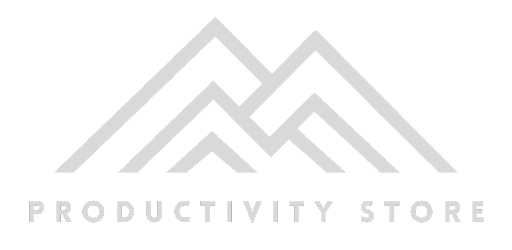






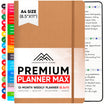





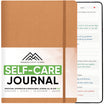

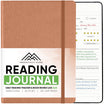
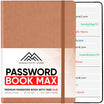
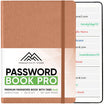


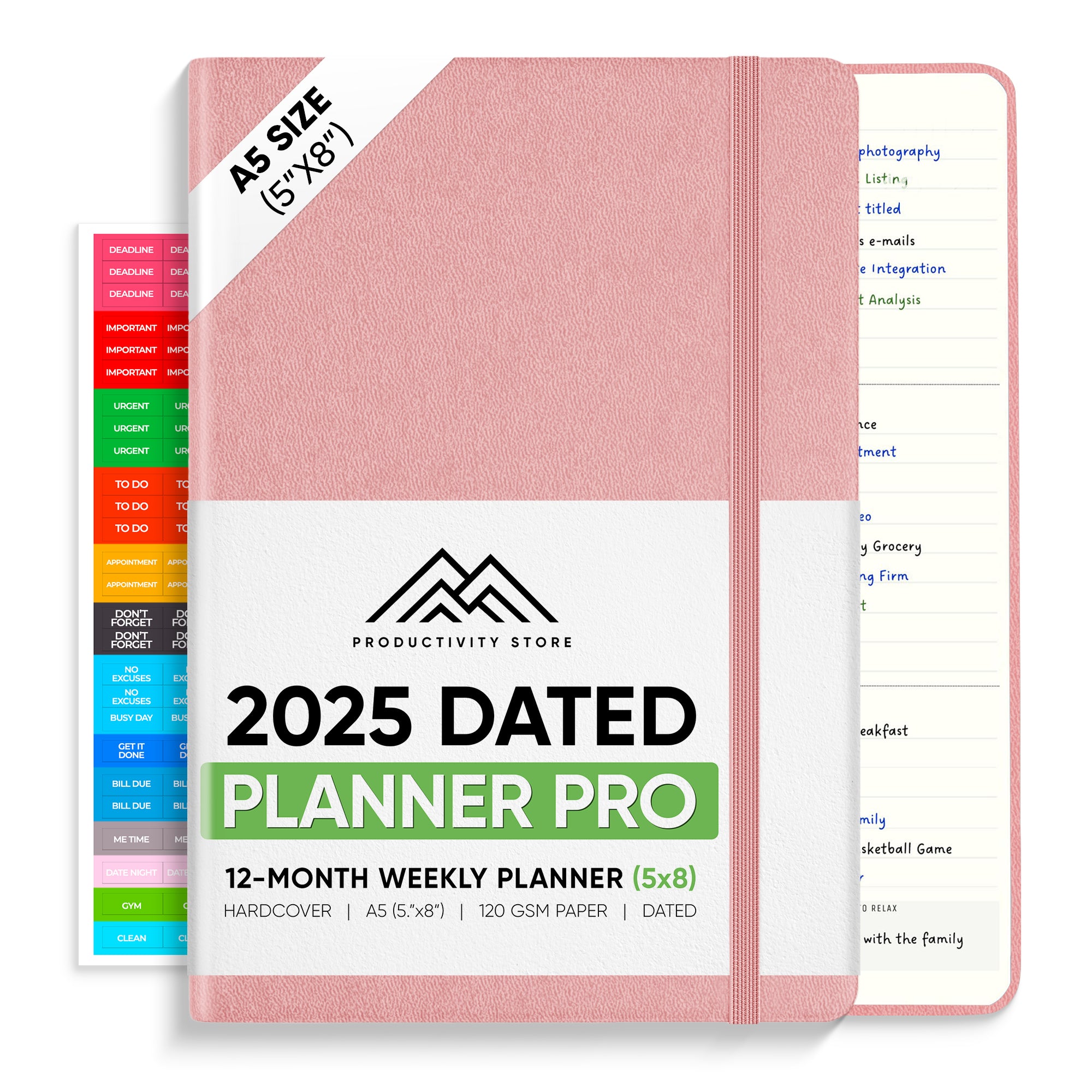

Leave a comment
All comments are moderated before being published.
This site is protected by hCaptcha and the hCaptcha Privacy Policy and Terms of Service apply.